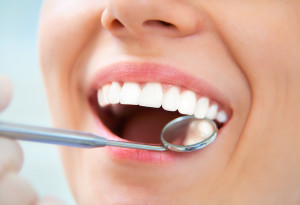
Both crowns and fillings treat damaged and decayed teeth. So why did your dentist recommend a crown and not a filling? It’s easy to select the cheapest route but let’s take a step back and discover why your dentist chose the crown over the filling.
From a dentist’s perspective, the major reason for choosing one over the other is the size of defective tooth structure and the longevity of the desired treatment. The dentist chooses the solution which is better for your dental circumstances and truthfully the money does not influence the educated decision.
Fillings are generally recommended for smaller cavities and chips, closing spaces, and well worn as well. Fillings allow the dentist to fill in the hole where the cavity was or rebuild tooth structure that was missing. Over time the strength of the chewing and biting forces in the mouth may wear the filling down requiring a replacement or crown.
A crown is a cap that goes over a tooth. Think of a crown like a bear hug or a newborn being swaddled, the outside layer protects the inside not allowing it to move or, in the case of a tooth, it holds together the remaining tooth structure and can also stop the fracture from getting bigger. Crowns provide strength to the tooth that fillings do not. Indications for a crown over a filling:
- If you have a very large cavity or old filling that needs to be replaced, especially if over 2/3rds of the biting surface is compromised
- Existing root canals on molars and premolars.
- Large fracture or experiencing cracked tooth syndrome
- History of bruxism or grinding your teeth while sleeping
- Aesthetically a crown can block out and cover up discolorations and change shapes of teeth




